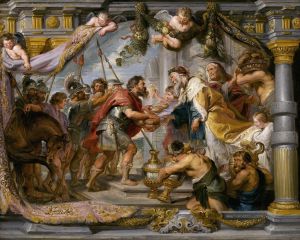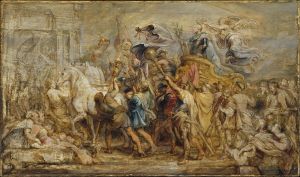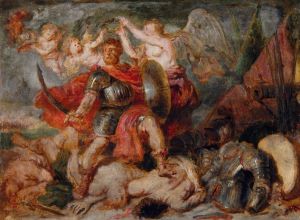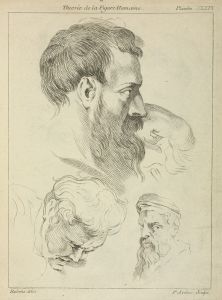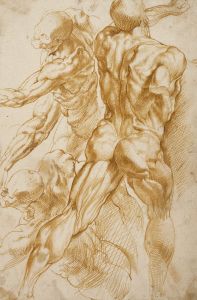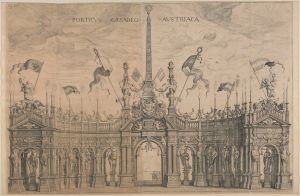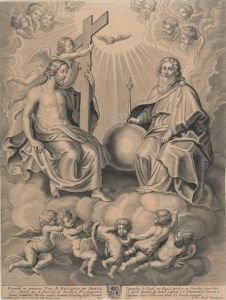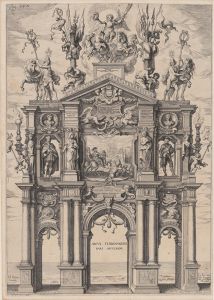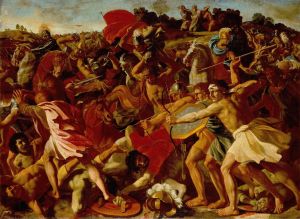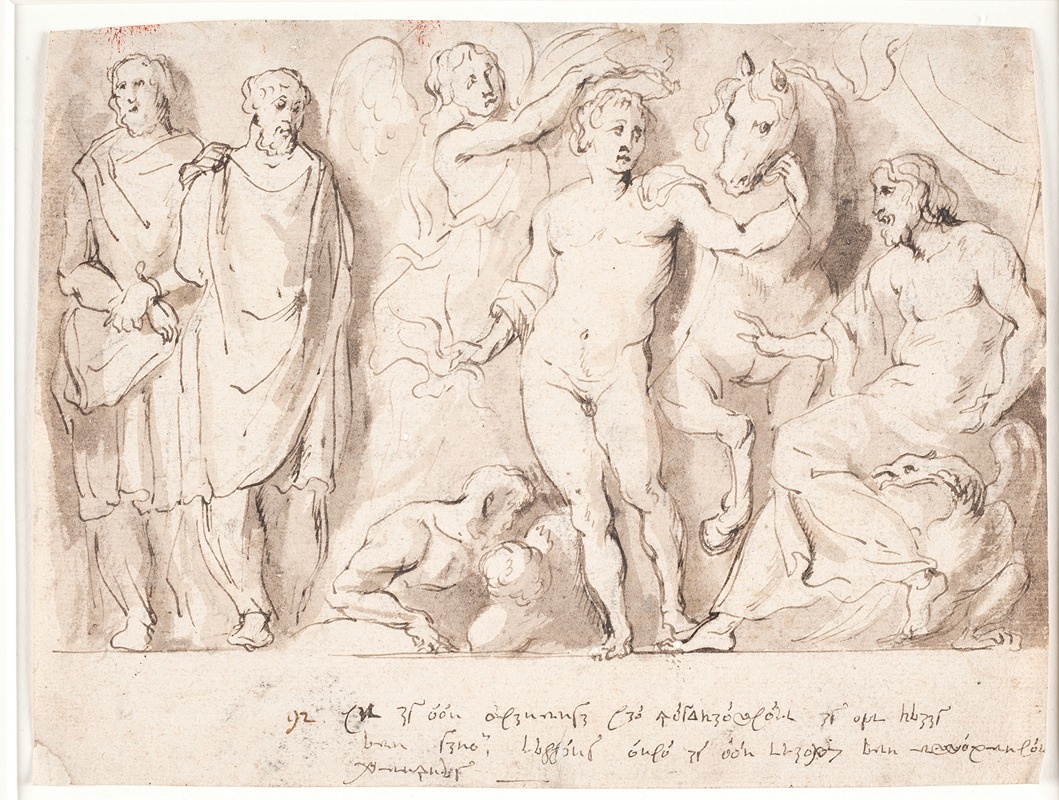
Alexander the Great’s triumph
A hand-painted replica of Peter Paul Rubens’s masterpiece Alexander the Great’s triumph, meticulously crafted by professional artists to capture the true essence of the original. Each piece is created with museum-quality canvas and rare mineral pigments, carefully painted by experienced artists with delicate brushstrokes and rich, layered colors to perfectly recreate the texture of the original artwork. Unlike machine-printed reproductions, this hand-painted version brings the painting to life, infused with the artist’s emotions and skill in every stroke. Whether for personal collection or home decoration, it instantly elevates the artistic atmosphere of any space.
Peter Paul Rubens, a prominent Flemish Baroque painter, is renowned for his dynamic compositions and masterful use of color and movement. Among his extensive body of work, Alexander the Great’s Triumph is a painting often attributed to him, though its exact details and historical context remain somewhat unclear. The artwork is believed to depict a triumphant moment in the life of Alexander the Great, the Macedonian king and military leader who created one of the largest empires in ancient history.
Rubens was deeply influenced by classical antiquity, and his works often drew upon historical and mythological themes. In this painting, he likely sought to capture the grandeur and heroism associated with Alexander's conquests. The composition would have been characterized by Rubens' signature style, marked by dramatic poses, vivid colors, and a sense of movement that conveys the energy and power of the scene. The figures in the painting likely include Alexander himself, possibly surrounded by soldiers, allegorical figures, or symbols of victory, as was common in Rubens' depictions of historical triumphs.
Rubens' interest in Alexander the Great aligns with the broader Renaissance and Baroque fascination with classical figures and their deeds. Alexander was often idealized as a model of leadership, courage, and ambition, making him a fitting subject for Rubens' artistic exploration. The painting would have been intended to evoke admiration and awe, celebrating Alexander's achievements while also reflecting the values and ideals of Rubens' own time.
Unfortunately, specific details about Alexander the Great’s Triumph—such as its exact date of creation, current location, and precise visual elements—are not well-documented. It is possible that the painting is part of a series or a larger body of work by Rubens that explores themes of heroism and conquest. However, without more concrete evidence, further analysis of the painting's content and context remains speculative.
Rubens' legacy as one of the greatest painters of the Baroque era is firmly established, and his works continue to be celebrated for their artistic brilliance and historical significance. Alexander the Great’s Triumph, whether as a standalone piece or part of a broader thematic exploration, exemplifies his ability to bring historical figures and events to life through his art.







